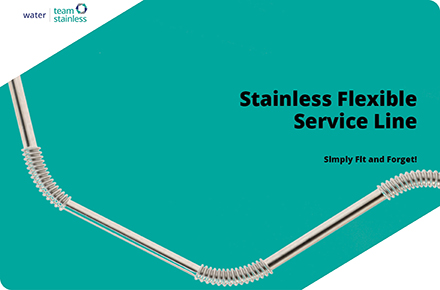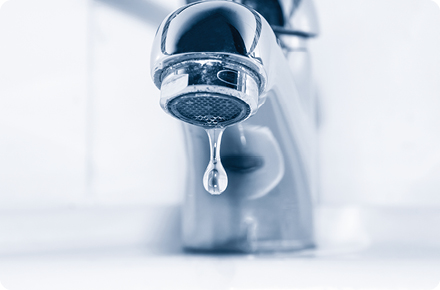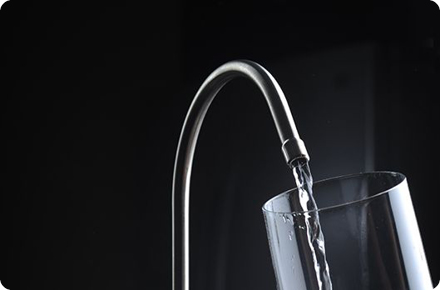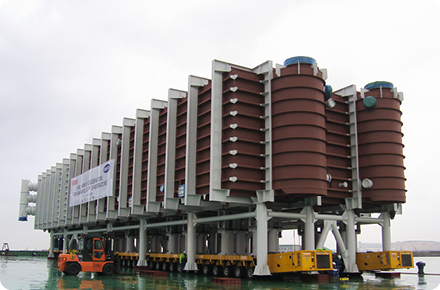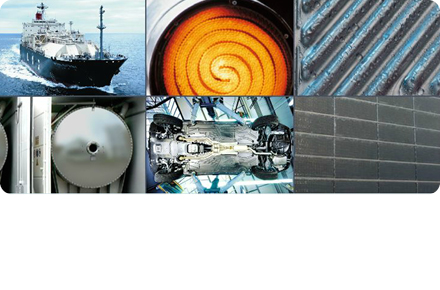Water loss through leaking water pipes is a problem for cities all over the world. Some of them are losing water at upwards 40% per year, and this is all water which has already been treated. A recent study by the OECD has shown that it is not only the under developed or even the developing cities that are so affected – even the capital cities of major economies are losing far more water than is sustainable or even viable. The world stainless association has published a brochure which reports their research into the service pipe lines in the cities of Tokyo, Seoul and Taipei. All three cities have started to use stainless steel corrugated pipes for transporting potable water from the water mains to the interior of the building.
Changing their pipes to stainless steel ones has meant enormous amounts of water have been saved. With this booklet and a webinar, worldstainless would like to tell this story to the rest of the world, so other cities and communities will consider stainless steel pipes an option to reduce leaking pipes and to save precious water.
The brochure is available in Chinese, Dutch, English, French, Italian, Korean, Portuguese and Spanish [clicking on the language will download the pdf].
You can watch the webinar here.
